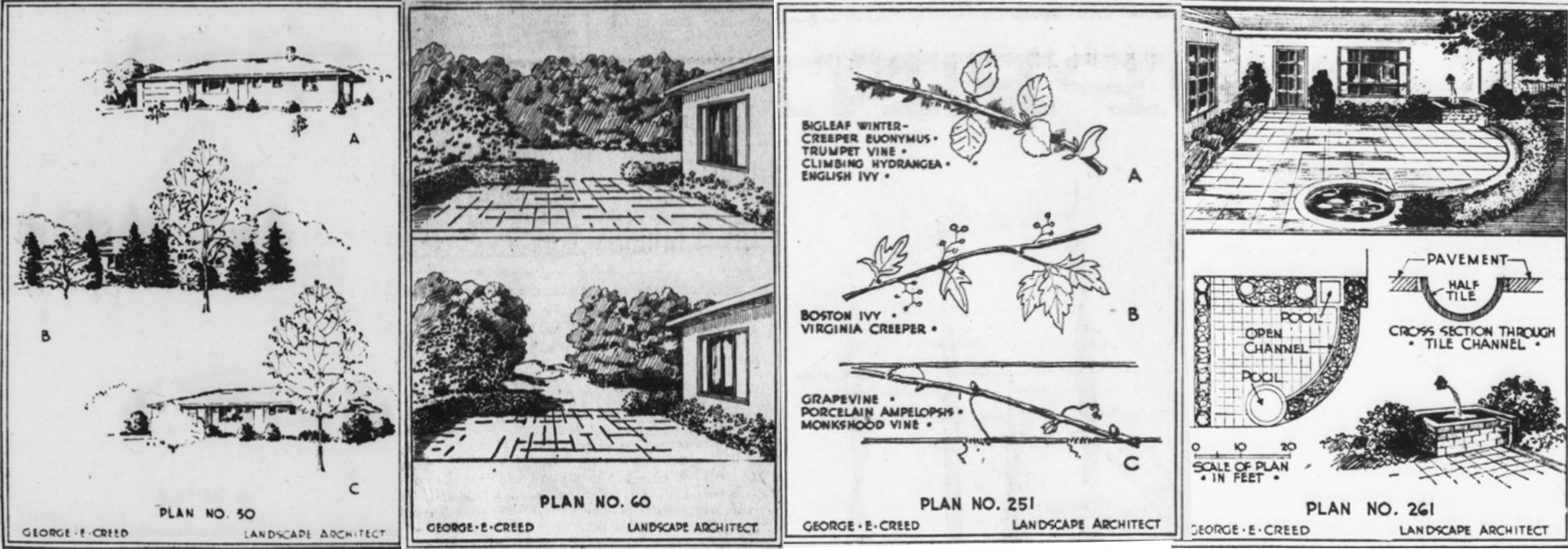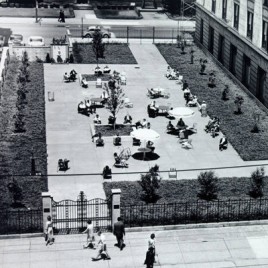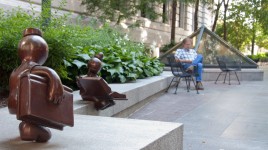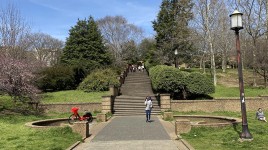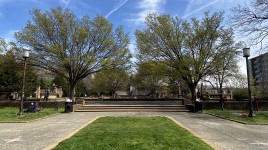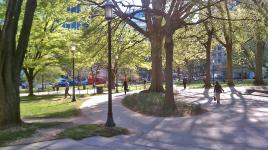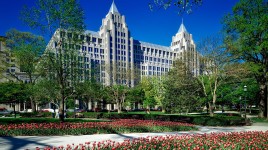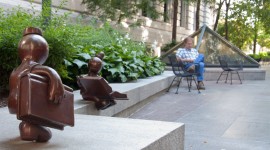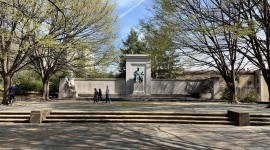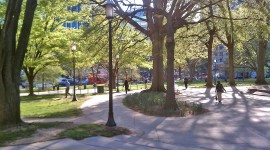Pioneer Information
In 1942 Creed enlisted in the U.S. Army and served in WWII as a combat engineer unit commander and reconnaissance officer. After the war, Creed returned to Ohio, becoming the landscape architect for the City of Cleveland, a position he held for two-dozen years. Working for the city, Creed prepared a Lakefront Development Master Plan and designed myriad parks playgrounds, and public spaces, including the Cleveland Public Library Eastman Reading Garden. Creed served as the president of the Western Reserve Chapter of the American Society of Landscape Architects (ASLA) for two years and acted as the treasurer for six years. Beginning in 1957, Creed wrote and illustrated a column, “It’s Your Landscape,” for syndicated newspapers, educating the public about landscape architecture and residential landscape design. He penned the column for 25 years, producing 1300 articles and accompanying drawings. Creed helped establish the Ohio Registration Law for Landscape Architecture in the 1960s, established his own practice in 1970, and became a Fellow of ASLA in 1984. He passed away in 1992 and is buried in Lake View Cemetery in Cleveland.



